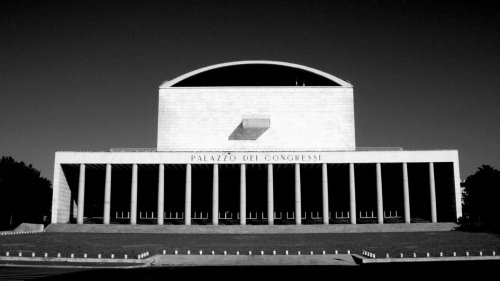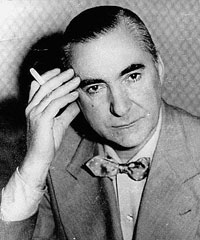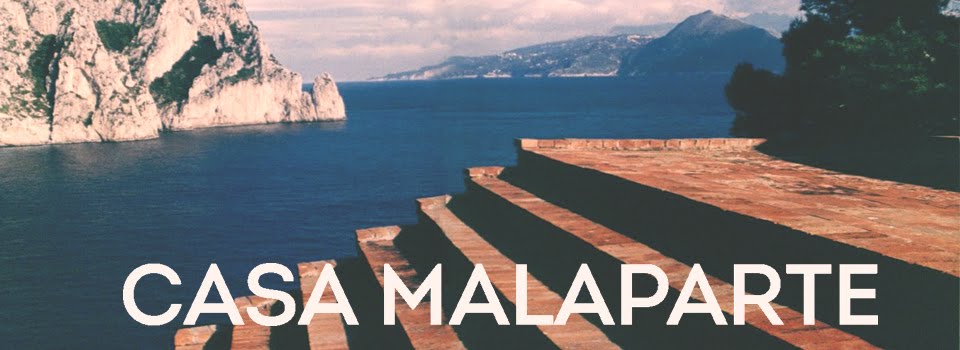The Architect - Adalberto Libera
Adalberto Libera was
born on July 16th, 1903, in Villa Lagarina, and died March 17th, 1963. He graduated from architecture school in Rome in 1928, and was one of the initiators of the debate on Modern European art trends and Rationalism. He
was one of the most powerful Italian architect during the Italian Modern
Movement and imposed great influence in the architectural
realm.
Although Libera was most well-known for Casa
Malaparte, which remained the highest art and architecture of the last
century, he had a remarkable personal portfolio as well. For instance, he designed an elementary school, called Raffaello Sanzio, which was was built between 1931 and 1934, upon Libera winning a competition. (Source: florense )
 |
| Raffaello Sanzio (1934) |
 |
| Palazzo dei Congressi (1932) |
 |
| Mamorata Post Office (1932) |
Libera has conceived almost over 70 projects with more than 300 sketches, drawings, models, photos, and small texts. Overall,
Libera was well diversed in his repertoire of knowledge and had an immense
amount of experience. This was the reason for which Malaparte chose to approach Libera to design a small villa for him on the island of Capri sometime in early 1938. The
resultant design was not, however, the building as it stands today. Though the
initial design was submitted for approval to the Capri authorities in
March 1938, it was rejected by Malaparte. The
contribution Libera had to Casa Malaparte is thus questionable. However,
Libera's initial designs can be seen in the
foundation of the building today. The initial designs can be viewed here.
The Client - Curzio Malaparte
 |
| Curzio Malaparte (1898-1957) |
Curzio Malaparte,
born Kurt Suckert, in Prato, Tuscany,
Italy. He changed his name after WWI as a play on the name, Napoleon Bonaparte. Malaparte was born to a German textile worker and a Milanese mother. Malaparte was well-educated throughout his life: he studied at the Italian college of Cioginini in Prato and the University of Rome. Malaparte
was a journalist, dramatist, short-story writer, and a diplomat. He was one of
the most controversial and powerful Italian writers of the Post-war period due to his political views. Malaparte was an early fascist, and expressed his views in many of his literary works. As the result of an insult he made to Hitler and Mussolini in one of his articles, Malaparte was removed from the fascist party. He died in 1957 as a member of the chinese communist party.
(Source : books & writers )



No comments:
Post a Comment